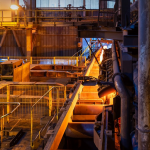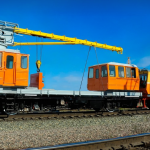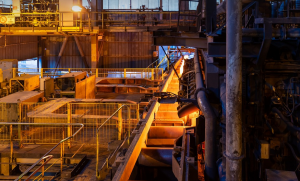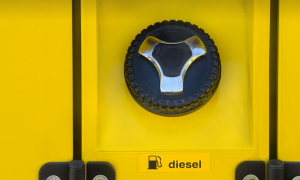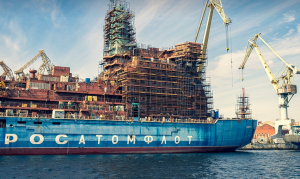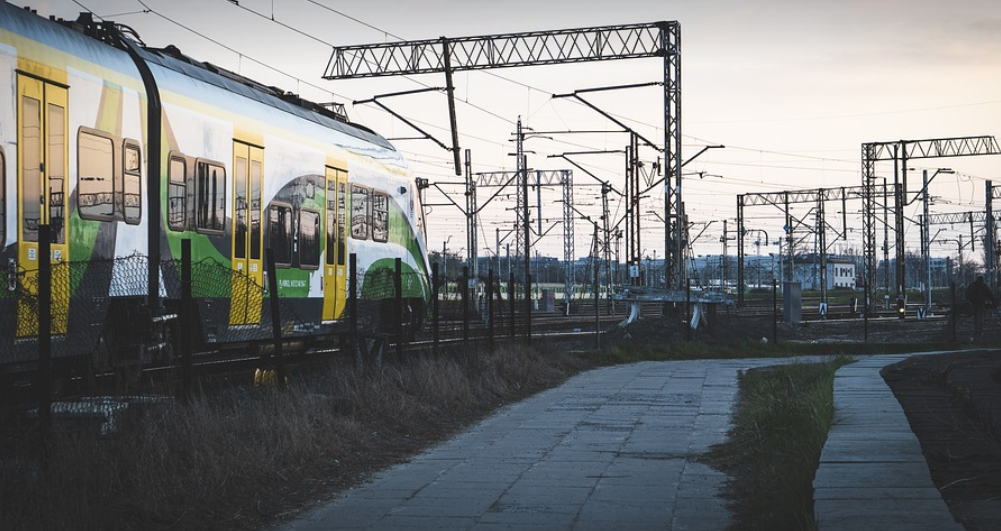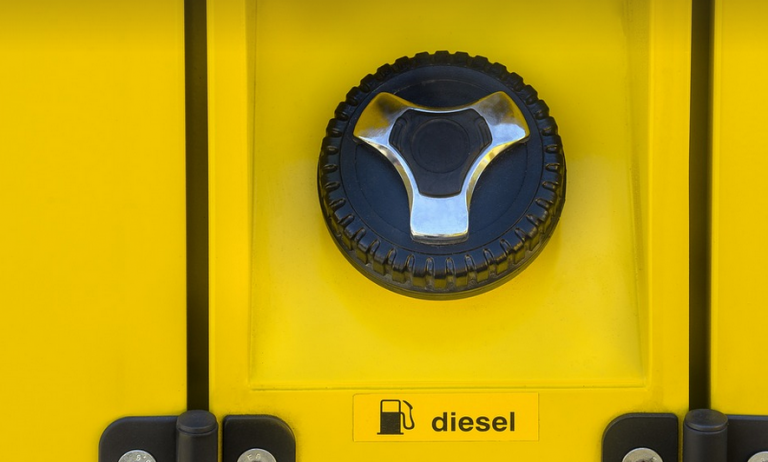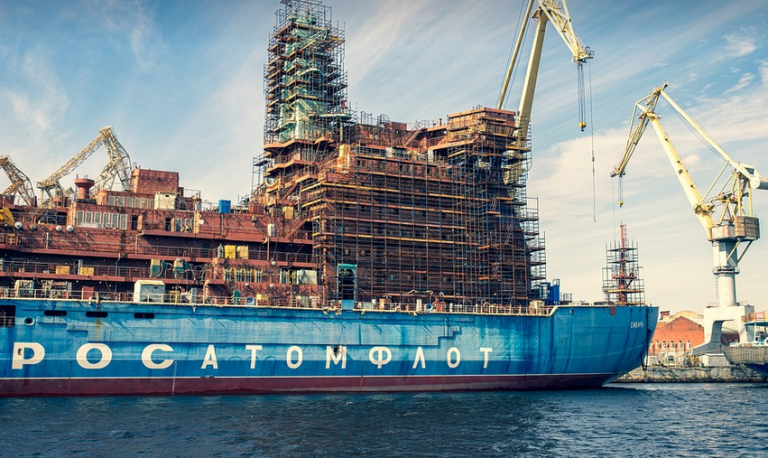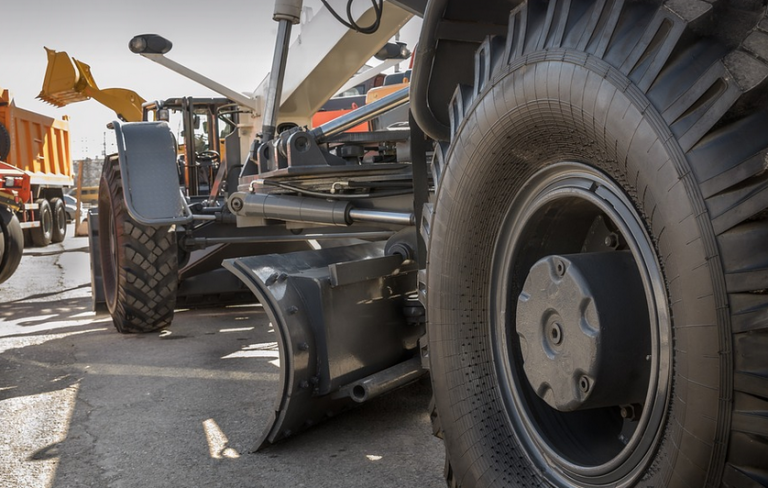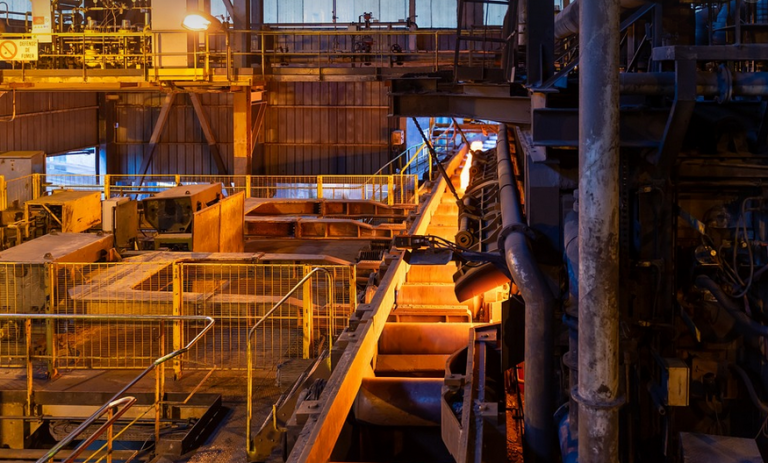What Makes a Fabric the Perfect Match for Your Welding Needs?
Welding, that exhilaratingly hot and sometimes hazardous job, demands specific considerations when it comes to clothing. While comfort is key, you also need fabric that stands up to high heat, sparks, and abrasive materials. Choosing the right material can mean the difference between a safe and productive work day and an unwelcome mishap.
The welding process generates intense heat and friction that can melt or even ignite regular fabrics. Think of it like this: your clothes are essentially walking magnets for these hazards. They need to be tough enough to withstand the constant barrage without getting singed, melted, or catching fire.
Choosing the Right Fabric
Let’s delve into some of the most essential welding-friendly fabric types available:
1. Leather
Leather has been a go-to material for welders for years. It’s known for its durability, abrasion resistance, and ability to handle high temperatures. The thick, sturdy nature of leather protects your body from heat and sparks. However, it’s important to note that leather can be quite stiff and hot on the skin during long welding sessions.
2. Cordura
Cordura is another highly protective option known for its exceptional tear resistance, abrasion-resistance, and lightweight construction. It’s a popular choice among welders due to its ability to handle even the most demanding tasks. But, keep in mind that it might not be as flame-resistant as some other options.
3. Nomex
Nomex is a synthetic fabric known for its excellent fire resistance and thermal insulation properties. When exposed to heat, it won’t catch fire as easily, offering you peace of mind in hazardous welding environments. It’s lightweight and breathable, making it comfortable to wear even during lengthy sessions.
4. Kevlar
Kevlar is a high-strength synthetic fabric known for its exceptional abrasion resistance and bullet-resistant properties. This material also offers excellent heat resistance and flame retardancy, making it a versatile choice for welding. It’s a good option if you’re working with extremely abrasive materials or require extra protection.
5. Flame Retardant Fabrics
This type of fabric is designed to resist ignition from sparks and flames. They often include treatments like flame retardants, silicone coatings, or special weaving techniques that make it more difficult for heat and potential fires to take hold.
How Much Protection Do You Need?
The level of protection you need will depend on the specific welding task you’re undertaking:
High-Heat Welding
If you’re working with high-heat applications like metal fabrication, brazing, or welding thick materials, choose a fabric designed to withstand extreme temperatures. Leather and Nomex are excellent choices for such situations.
Low-Heat Welding
For tasks involving less intense heat, fabrics with moderate protection levels might be sufficient. Your choice depends on the specific intensity of the heat and your personal preference for comfort and movement. Cordura is a good option for regular welding tasks in environments where the heat isn’t too extreme.
Safety First!
Remember, while choosing the right fabric is crucial, it’s just one part of the safety equation. You must also use proper protective gear like:
Welding Jacket
A high-quality welding jacket provides additional protection from sparks and heat. The jacket should be made of fire-resistant materials to withstand the intense temperatures generated during welding.
Gloves
Welder’s gloves are designed to protect against burns, cuts, and abrasions caused by hot metals. Choose gloves with thick leather or rubber linings based on the level of heat your working with. Some gloves offer extra protection from electrical hazards as well.
Eye Protection
Welding generates intense sparks that can cause serious eye damage. Always wear welding goggles or face shields to protect your vision.
The safety gear mentioned above should always go hand-in-hand with your chosen fabric to create a comprehensive and effective protection system in the welding environment.
